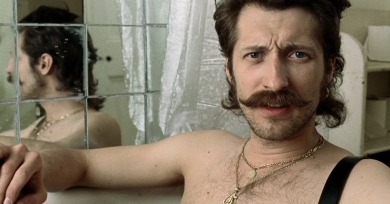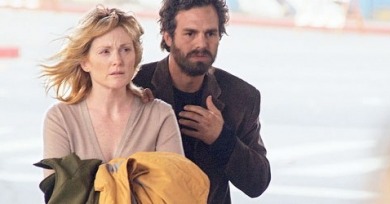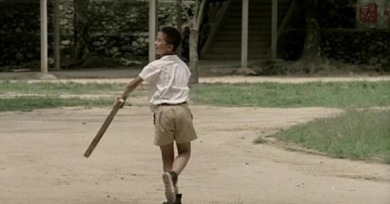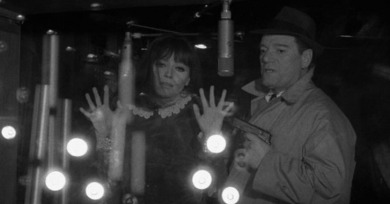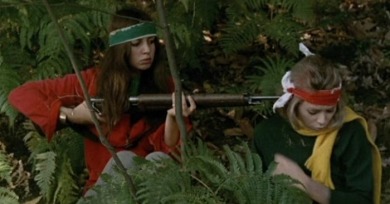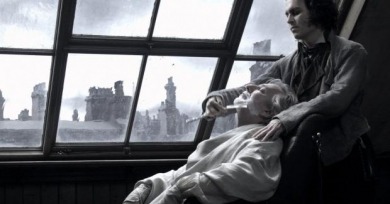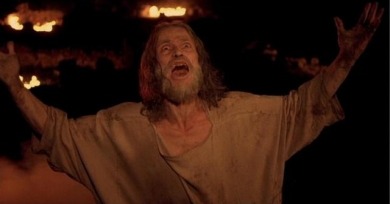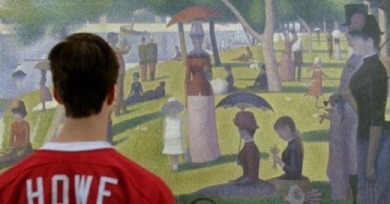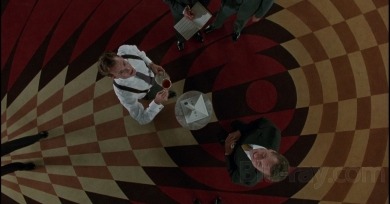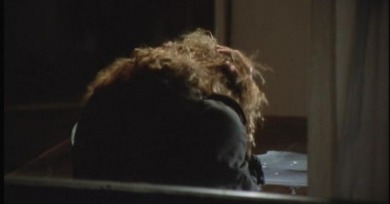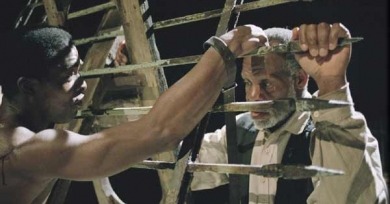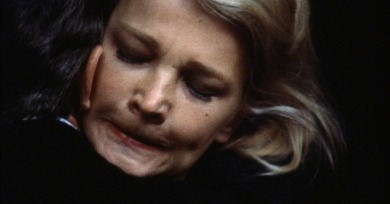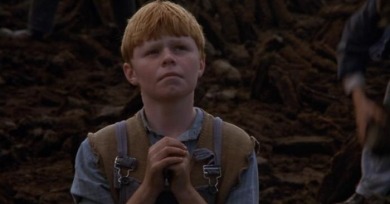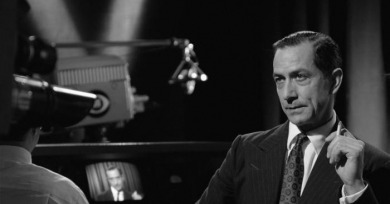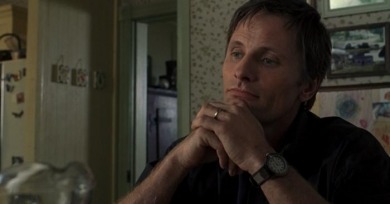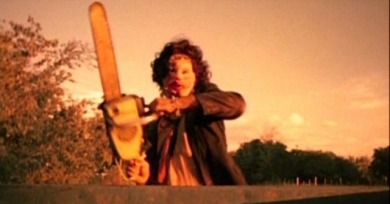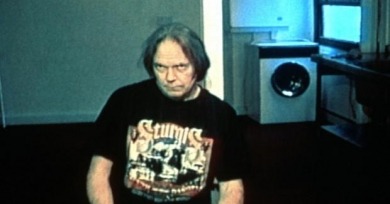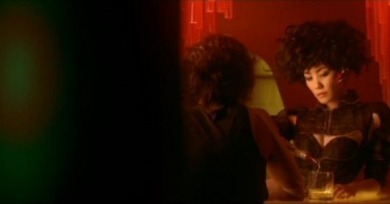Eric Hynes
Changeling is a musty lament for something long gone—a lost child perhaps, but more so this sepulchral cinema of quality. Watching it, one can only try to locate whatever semblance of life remains, then tramp the dirt down.
The filmmaker of Filth and Wisdom has a lot to say. She’s got big ideas and some clever ones too, and she’s letting it fly. She’s repulsed and fascinated by hypocrisy in the world, and wants people to just get over themselves, to abandon fear, pride, and learn to fly their freak flag high.
Perhaps a decent film couldn’t have been made from Jose Saramago’s Blindness. Like any great work of art, Saramago’s novel resists transference.
The subtlest of formalists, Hou Hsiao-Hsien is a director whose considerations of film language are so foundational—placement, movement, duration—as to be imperceptible, and so organic to the larger narrative as to seem nonexistent.
Alphaville, Contempt, Sympathy for the Devil
Weekend, Une femme mariée, Le Gai savoir and Un Film comme les autres, Band of Outsiders
Two-thirds (60 minutes) black-and-white 16mm, one third (30 minutes) color DV, it is an anxious, searching work, obsessing over the past while negotiating a resourceful, tenuous present.
Rather than “open up” the action, as most stage-to-screen adaptations insist on doing, self-consciously and self-defeatingly knocking down walls simply because they can, Burton keeps the action, and the camera, close.
There’s a cut late in Martin Scorsese’s The Last Temptation of Christ that does more than connect, surprise, or demonstrate: it quakes and shifts the ground below.
The John Hughes generation didn’t care a whit about aspect ratios or screen size. They cared about laughing and about feeling smart while laughing, and they cared about relating. Home video and cable television only made it easier to connect, to own the connection and revisit it at will.
Neither an aberration nor another bead on the necklace, The Bonfire of the Vanities (1990) was the culmination of De Palma’s steady climb to the top of a Hollywood heap already dominated by his generational peers.
The hair, the hands, the sobbing, and the obscured milk: just a few seconds of rather ordinary—if direct and emotionally effective—film. It doesn’t hold much value out of context, but in A Short Film About Love—as in all of Krzysztof Kieslowski’s cinema—context is everything.
The second part of a planned “American trilogy,” Manderlay revisits the spare soundstage set-up of Dogville, albeit with new chalk lines and a different cast.
I emerged from the screening changed. I had the sort of experience I often expected to have when encountering works of art but rarely, if ever, actually did. From that night forward, I saw the world differently.
Things would always work out better for Neil Jordan’s protagonists if they’d simply step in line. Dress right. Act right. Dream right. Talk right. Do what’s right that is, what’s normal and accept what’s given. But his are characters that can’t breathe and conform at the same time.
Good looking, smart, and responsible, George Clooney’s Good Night, and Good Luck performs its modest mission well.
Uniquely positioned as both the best reviewed and least understood film of the year, A History of Violence is positively Verhoevian in its capacity to affirm entertainment expectations whilst savaging the immorality of both expectation and entertainment.
The Texas Chainsaw Massacre reveals—and I can’t believe I’m saying this—how satisfying cinematic death is. It reveals this indirectly, because death hardly occurs in the film. What occurs is death suspended, death delayed, which is frustratingly, terrifyingly unsatisfying.
The title card reads, “A Jim Jarmusch Film,” but by not examining the bandleader in any substantive way, Jarmusch concedes a certain measure of power.
Whether explicitly or subtextually, all movies are about memory. Due to the alchemy of emulsion, film footage is memory made material, and, when projected, animate.

